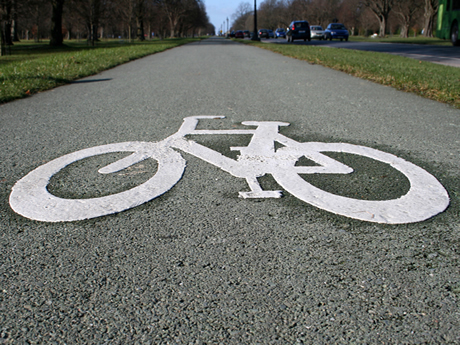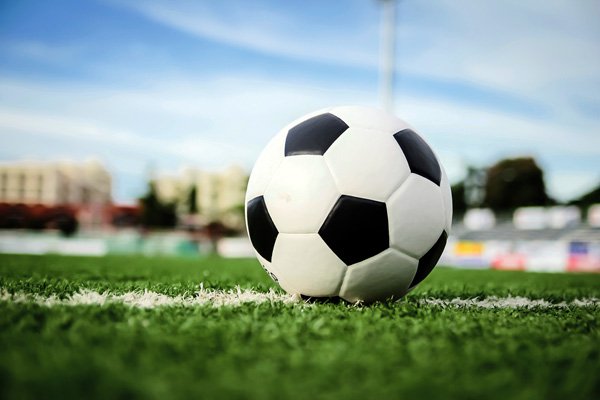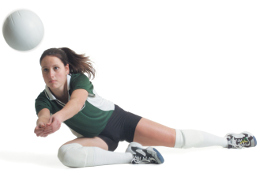Weaving from one side to another creates lateral mobility and is the basis for faking (deking). Faking is accomplished by crossing over one way (right over left) and then alternating to cross over the other way (left over right). In weaving crossovers a third step must be added to the crossover sequence to neutralize the feet, the original direction of curve, and body weight. Only after the neutralizing step can a player skate in the new direction.
We have discussed the first two steps and first two pushes of crossovers in previous articles and tips. Here we will discuss the all important third step and accompanying third push.
The Third Step
- Weaving Crossovers has a sequence of three steps instead of two.
- The third step lands on the skate that would ordinarily glide on the outside edge (inside skate) on a regular crossover. But in this move it steps onto the inside edge.
- The third step is a wide step, landing immediately on a strong insidec edge.
- By landing on a strong inside edge player can change quickly from one direction to another.
The Third Push
- Player must gain speed on the third step as well as on the first two steps.
- Third push is done with the same leg that did the first push.
- Third push is identical to the first push.
Note: Contrary to straight forward or straight backward skating, lateral motion requires wide base. In order to shift weight rapidly from side to side, the feet should be somewhat wider apart than the shoulders. The following sequences show forward and backward weaving crossovers.
Drills:
Skaters should practice variations of weaving crossovers down the ice:
- Use one crossover in each direction with a wide neutralizing step in each direction.
- Use two crossovers in each direction with wide neutralizing step in each direction.
- Practice weaving crossovers in and out of pylons. Pylons should be set up in differing patterns. The object is to develop greater agility and speed as players' abilities to perform these maneuvers improve.
- Two skaters partner up. One skates forward (pretending to be a forward) and the other skates backward (pretending to be a defender).
- The forward, skating with a puck, starts at the goal line and skates forward, using weaving crossovers down the ice. The forward should try to fake and get away from the defender.
- The defender starts inside the first blue line and skates a similar pattern of backward crossovers, tracking and preventing the forward from getting free.


